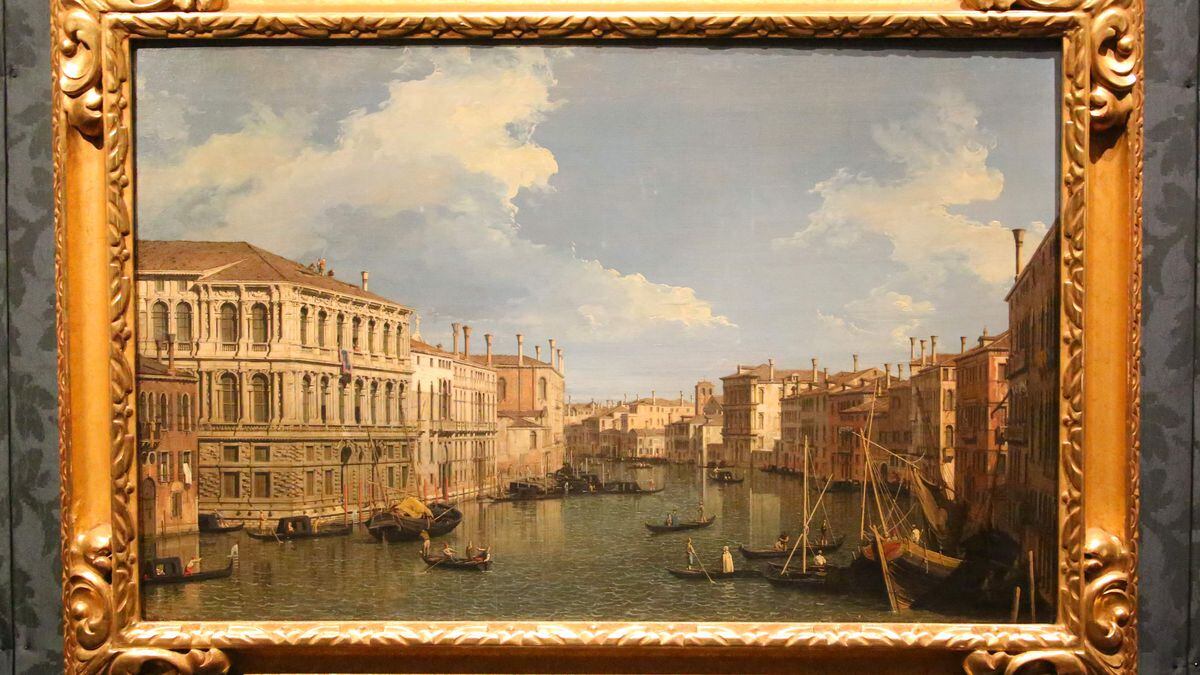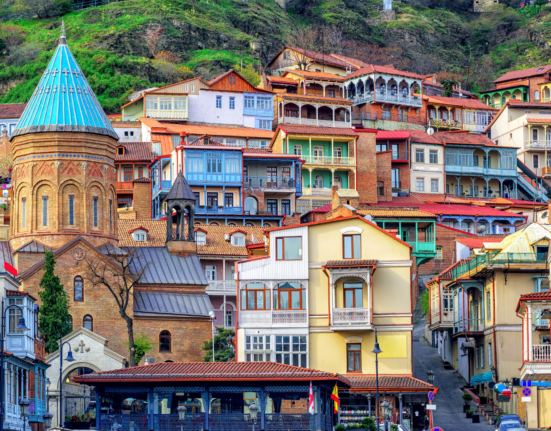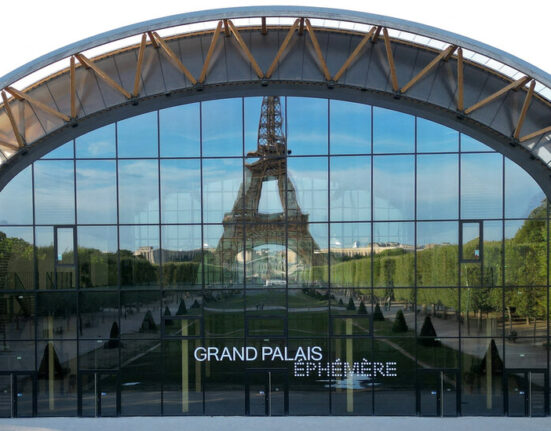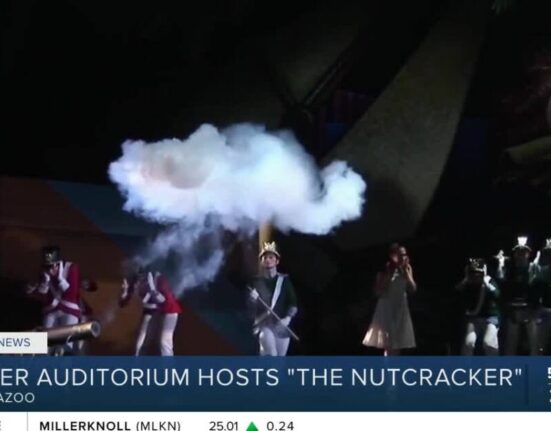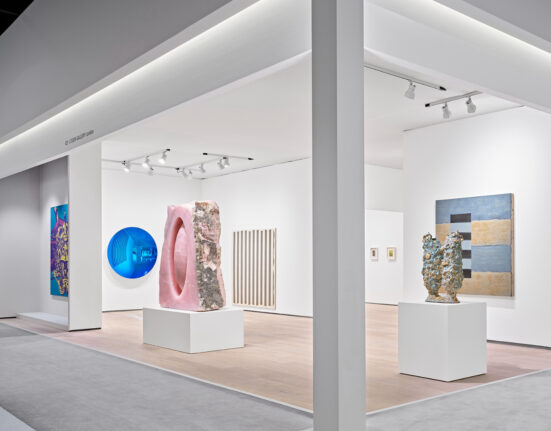ST. PETERSBURG — A collective, hushed “wow” comes from viewers when they enter “A Feast for the Eyes,” the exhibit of European masterpieces at the Museum of Fine Arts, St. Petersburg.
And one can’t help but be impressed with the beauty that’s on display, from sumptuous still lifes of lush flowers and banquet scenes of foods that pique the appetite to people frolicking through luminous landscapes.
The paintings are from the private collection of the Grasset family of Madrid. The exhibition includes 40 works by Dutch, Flemish, Italian and Spanish Old Masters — artists working in Europe before 1800. The works were made during the Baroque period, which followed the Renaissance in the 17th and 18th centuries.
Juan Manuel Grasset began the collection 50 years ago. He came from a long line of engineers, and his own father had exposed to him art at an early age. When he reached adulthood, he traveled to England to attend art auctions and spent the next five decades building the collection. It has only ever been shown in a museum one other time, at the San Diego Museum of Art in 2016. After the exhibit closes, it is not expected to be shown publicly again.
St. Petersburg’s award-winning beaches had a hand in bringing this exclusive exhibition here. Nine years ago, the Grasset family visited on a vacation. After so much time in the sun, they went looking for some culture and found the Museum of Fine Arts. Impressed by what they saw, a few years later they reached out to executive director Kristen Shepherd to offer the collection.
The way the exhibition is presented adds another layer of aesthetic perfection. The space was painted a rich “duck blue” that creates an intimate feeling but highlights the paintings. A silk damask in the same shade covers a few walls and tables, offset by gold, velvet neoclassical benches and chairs. Pieces of furniture from the museum’s permanent collection cleverly accompany the paintings. And a living floral arrangement from Wonderland Floral sits in the middle of a group of paintings, waiting for its still life to be painted.
The works are reflective of the lives of the upper-class citizens of that era, who loved shopping, eating, outdoor activities and showing off their wealth by buying paintings. But they also serve as history lessons that depict all of the trade happening in the world.
Floris Claesz. van Dyck’s Still Life With Olives and Fruit (c. 1600) shows how Holland was at the center of world trade. The citrus fruits, olives and grapes depicted would have all come from somewhere else. They sit in a blue and white porcelain dish that came from China. A German ceramic “Beak Pot” holds wine in the background, next to a glass cup with a base made of gold and silver from the Americas.
Planning your weekend?
Subscribe to our free Top 5 things to do newsletter
We’ll deliver ideas every Thursday for going out, staying home or spending time outdoors.
You’re all signed up!
Want more of our free, weekly newsletters in your inbox? Let’s get started.
Life on the trade ships is illustrated in Isaac Willaerts’ Ships Foundering off a Rocky Shore (1656), and it looks rough. Ships teeter on rolling waves, in danger of slamming into the rocks. Sailors would have been tossed around wildly, trying to control the ships. And imagine what would have happened to the goods they carried.
Many of the still lifes of food and flowers are loaded with religious symbolism. Although the Baroque period was known for more secular subject matter than works produced during the Renaissance, the painters were layering in religion. They were especially concerned with the notion of vanitas — that while you should enjoy the things you have, always be cautious of falling into gluttony and being punished in the afterlife. References to death or change are included as reminders.
It’s not the dead songbirds in Peter Binoit’s Still Life With Mouse and Songbirds (c. 1620) that reference death. Instead, it is the mouse. As he nibbles candy in the foreground, he represents destruction.
Jan Davidsz. de Heem’s A Still Life of Flowers in a Glass Vase in a Stone Niche (c. 1660) contains many biblical references. Roses symbolize the Virgin Mary, while a caterpillar represents Christ. Wheat refers to the Eucharist. As an autumn grain, combined with summer berries and spring flowers, it’s an ecclesiastical notion about the cycle of life. Look for the reflection of a window in the vase; you’ll be delighted.
Canaletto’s The Grand Canal, Venice, Looking North-West (1750) is a point of departure from the rest of the collection. But owning a Canaletto was a bucket list item for Grasset. The artist made a career selling paintings of Venice to tourists who came to the city as the favored stop on the Grand Tour, a trip across Europe to visit Italy. So the painting is basically an expensive postcard, but it does transport you to a bright and sunny day on the canals.
When Grasset began his collection, the entire world was weary from World War II. Perhaps that’s why he amassed paintings so full of beauty and joy, as an escape. And when you visit “A Feast for the Eyes,” at least for a little while, you’ve left the outside world behind.
Contact Maggie Duffy at mduffy@tampabay.com. Follow @maggiedalexis.
If you go
A Feast for the Eyes: European Masterpieces From the Grasset Collection
Remains on display through July 28. Bringing the kids? Ask for the Looking at Pictures family guide at the front desk. It’s loaded with cool facts and interactive ways to engage with paintings, for kids and adults. At 7 p.m. May 2, Alexandra Libby, the assistant curator of Baroque art at the National Gallery of Art in Washington, D.C., will present “The Bounty of the Natural World in 17th Century Painting.” Included with museum admission. On May 19, the museum will hold a wine and fragrance pairing with experts Mary John Baumann and Ruth Sutcliffe, inspired by the exhibition. $50, $45 members. Museum admission is $20, $15 seniors, military, Florida educators and college students, $10 ages 7-17 and free for 6 and younger. $10 after 5 p.m. on Thursdays. 10 a.m.-5 p.m. Monday-Saturday, 10 a.m.-8 p.m. Thursday and noon-5 p.m. Sunday. 255 Beach Drive NE, St. Petersburg. (727) 896-2667. mfastpete.org.

